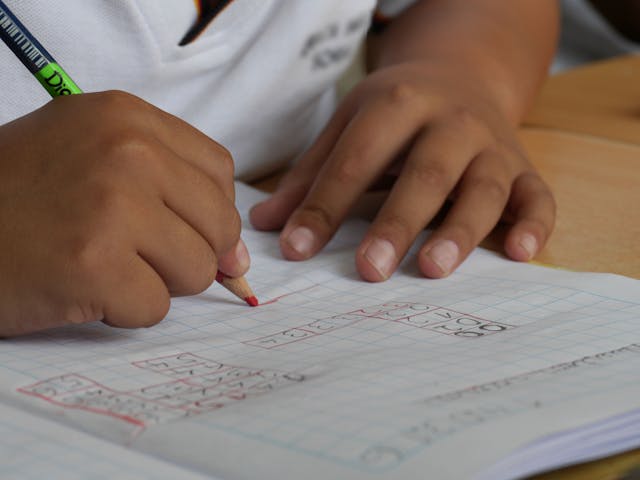Children’s Rights: Protecting the Most Vulnerable
Children are among society’s most vulnerable members, making the protection of their rights a global priority. Ensuring access to education, healthcare, safety, and equal opportunities is essential for fostering healthy development and creating a fairer world.

Understanding Children’s Rights
Children’s rights are defined by the United Nations Convention on the Rights of the Child (UNCRC) and include:
- Right to education: Every child should have access to quality learning opportunities.
- Right to healthcare: Proper medical care supports physical and mental development.
- Protection from abuse and exploitation: Children must be safeguarded from violence, trafficking, and labor exploitation.
- Right to participation: Children should have a voice in matters affecting them, appropriate to their age.
These rights establish the foundation for safety, growth, and dignity.
Challenges in Protecting Children
Despite international agreements, children still face significant threats:
- Poverty: Limits access to food, education, and healthcare.
- Conflict and displacement: Wars and crises expose children to violence and instability.
- Exploitation: Child labor, trafficking, and online abuse remain persistent issues.
- Discrimination: Gender, ethnicity, disability, and social status can prevent children from accessing basic rights.
Addressing these challenges requires coordinated efforts from governments, communities, and families.
The Role of Families and Communities
Families and communities are on the front line of protecting children:
- Safe environments: Ensuring homes and neighborhoods are secure and nurturing.
- Education and awareness: Teaching children about their rights and responsibilities.
- Support networks: Community programs, mentorship, and childcare services provide guidance and safety.
- Monitoring and advocacy: Local involvement helps identify risks and advocate for children’s welfare.
Active engagement strengthens the protective framework around children.
Government and International Responsibility
Policies and legislation are crucial to uphold children’s rights:
- Legal frameworks: Laws against abuse, exploitation, and discrimination safeguard children.
- Social services: Access to healthcare, education, and counseling supports healthy development.
- International cooperation: Organizations like UNICEF and NGOs work globally to address child rights violations.
- Monitoring and accountability: Tracking progress ensures policies are effective and responsive.
Government action combined with civil society efforts creates systemic protection.
Educating and Empowering Children
Empowering children is as important as protecting them:
- Voice and participation: Encourage children to express opinions in family, school, and community settings.
- Life skills: Education should include emotional, social, and practical skills.
- Awareness campaigns: Teach children to recognize abuse and seek help.
Empowered children are better equipped to advocate for themselves and others.

Final Thoughts
Protecting children’s rights is a shared responsibility that requires commitment, vigilance, and compassion. By addressing systemic challenges, strengthening community support, and empowering children, society ensures that the most vulnerable are not left behind.
In 2025, safeguarding children’s rights is not just a moral duty — it is essential for building a healthier, safer, and more equitable world.












